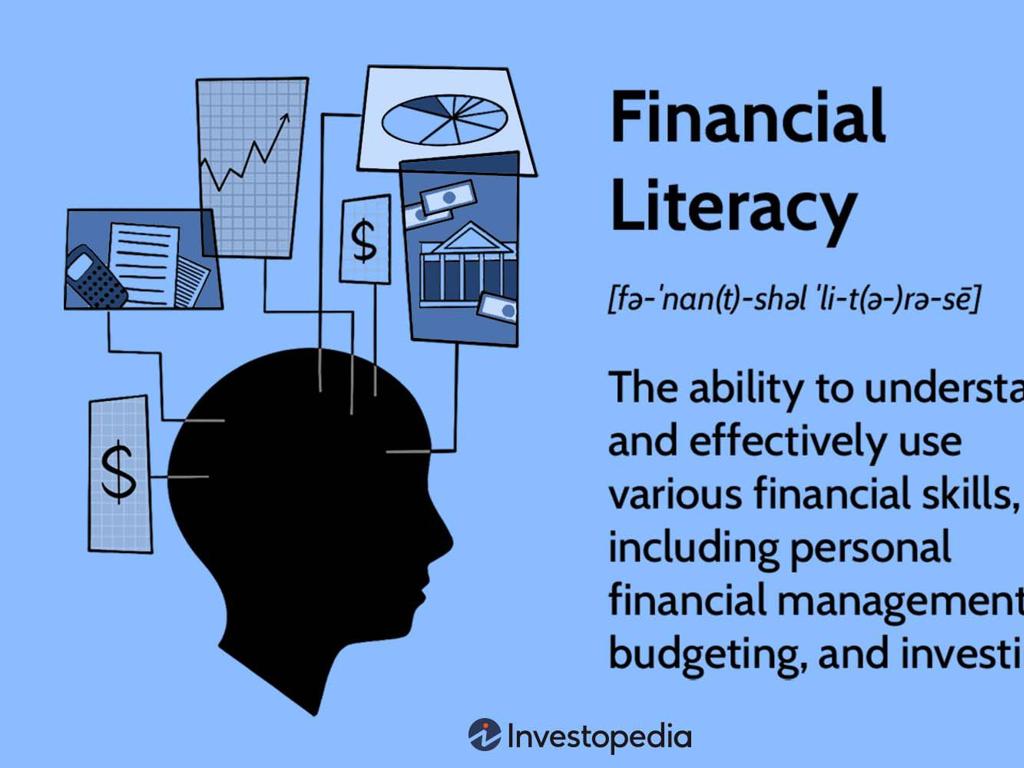Origins Of Hinduism
Subject: Social studies
Grade: Sixth grade
Topic: World Religions
Please LOG IN to download the presentation. Access is available to registered users only.
View More Content
Exploring World Religions: Origins of Hinduism
– Introduction to World Religions
– Why study different religions?
– To appreciate cultural diversity and beliefs
– Defining Hinduism
– One of the oldest religions, with a complex system of beliefs
– Significance of Hinduism
– Hinduism has shaped the history, culture, and philosophy of millions
|
This slide introduces the concept of world religions and specifically focuses on Hinduism, one of the oldest and most influential religions. It’s important to convey to students the value of learning about various religions to foster a sense of global awareness and cultural sensitivity. Hinduism, with its rich tapestry of myths, deities, and philosophical ideas, offers a unique perspective on spirituality and life. The study of Hinduism provides insight into the diverse ways in which people find meaning and purpose. Encourage students to be open-minded and curious as they begin their journey into understanding the wide array of world religions, starting with Hinduism.
Origins of Hinduism: A Journey Back in Time
– Hinduism’s birth in the Indus Valley
– Originated around 1500 BCE in present-day Pakistan and Northwest India.
– Influence of ancient civilization
– The practices and beliefs were shaped by the Indus Valley civilization.
– Understanding Sanatana Dharma
– ‘Sanatana Dharma’ means ‘eternal duty’ and refers to the spiritual laws that govern the universe.
– Hinduism as a way of life
– Hinduism is more than a religion; it’s a comprehensive way of life.
|
This slide introduces students to the geographical and cultural beginnings of Hinduism, one of the world’s oldest religions. It began in the fertile region of the Indus Valley, which played a significant role in shaping its early practices and beliefs. The term ‘Sanatana Dharma’ is introduced to help students understand the eternal and universal nature of the religion’s principles. Emphasize that Hinduism is deeply intertwined with the daily lives of its followers, influencing their actions, rituals, and understanding of the world. Encourage students to think about how the physical geography of the Indus Valley might have influenced the development of Hinduism and its practices.
Key Beliefs of Hinduism
– Understanding Dharma
– Dharma refers to duties, virtues, and ‘right living’
– Exploring Samsara
– Samsara is the cycle of birth, death, and rebirth (reincarnation)
– The concept of Karma
– Karma is the law of cause and effect in a person’s life
– Moksha: The ultimate goal
– Moksha is the liberation from Samsara and the cycle of rebirth
|
This slide introduces students to the fundamental beliefs of Hinduism, which is one of the oldest religions in the world. Dharma represents the ethical and moral values that guide a person’s life. Samsara explains the continuous cycle of life, death, and reincarnation, which is a core concept in Hindu belief. Karma dictates that every action has consequences that affect one’s future, both in this life and the next. Moksha is the ultimate spiritual goal, where one is freed from the cycle of Samsara. Encourage students to think about how these beliefs might influence the daily lives of those who follow Hinduism and compare these concepts with familiar ideas in their own lives or other cultures they’ve studied.
Sacred Texts of Hinduism
– Introduction to Vedas
– Ancient scriptures forming Hinduism’s core
– Exploring Upanishads
– Philosophical texts discussing life & spirituality
– The Mahabharata & Bhagavad Gita
– Epic tale with Lord Krishna’s teachings
– Significance of The Ramayana
– Rama’s journey, depicting dharma and righteousness
|
This slide introduces students to the foundational texts of Hinduism, which are essential for understanding the religion’s beliefs and practices. The Vedas are a collection of hymns and rituals that form the oldest layer of Sanskrit literature. The Upanishads are philosophical texts that explore concepts like the nature of reality and the soul. The Mahabharata, an epic narrative, contains the Bhagavad Gita, which is a conversation between Prince Arjuna and Lord Krishna on duty and righteousness. The Ramayana tells the story of Lord Rama and is important for its emphasis on dharma (duty/ethics). Encourage students to recognize the impact of these texts on Hindu culture and religious practices. Discuss how these texts contribute to the moral and ethical understanding within Hinduism.
Exploring Hindu Deities and Beliefs
– Brahma, Vishnu, Shiva: The Trinity
– The creator, preserver, and destroyer aspects of the divine
– Goddesses: Saraswati, Lakshmi, Parvati
– Goddesses of knowledge, wealth, and power respectively
– Understanding avatars in Hinduism
– Avatars are divine beings sent to restore cosmic order
– Significance of deities in daily life
|
This slide introduces students to the complex pantheon of Hinduism, focusing on the Trimurti or the Trinity of Brahma, Vishnu, and Shiva, who represent the cycle of creation, preservation, and destruction. We also touch upon the important female deities Saraswati, Lakshmi, and Parvati, who are revered for their association with knowledge, prosperity, and strength. The concept of avatars, such as Lord Rama and Lord Krishna, is explained as a way for the divine to intervene in the world. Emphasize that these deities and their stories play a significant role in the daily lives of Hindus, influencing their rituals and moral values. Encourage students to think about how the roles of these deities might compare to figures in other religions or mythologies they have learned about.
Hindu Practices and Festivals
– Daily practices: meditation & yoga
– Meditation promotes inner peace, yoga for physical and spiritual health
– Pilgrimages and their significance
– Pilgrimages to sacred sites as acts of devotion
– Diwali: Festival of Lights
– Diwali celebrates good over evil, with lights and fireworks
– Holi: Festival of Colors
– Holi marks the arrival of spring and victory of good over evil
|
This slide aims to introduce students to the rich tapestry of Hindu practices and festivals. Daily practices like meditation and yoga play a crucial role in maintaining mental and physical well-being and are integral to Hinduism. Pilgrimages are journeys to holy places that are undertaken as acts of devotion and spiritual merit. Festivals such as Diwali and Holi are celebrated with great enthusiasm, each with its own unique customs and stories. Diwali, known as the Festival of Lights, symbolizes the victory of light over darkness. Holi, the Festival of Colors, is a vibrant celebration that welcomes the spring season and commemorates the triumph of good over evil. Encourage students to explore these practices and festivals further to gain a deeper understanding of Hindu culture.
The Caste System in Hinduism
– Origin of the caste system
– Emerged over 3,000 years ago, structured society into hierarchical groups
– Caste system’s societal impact
– Influenced social order and people’s roles in society
– Effects on individual lives
– Determined job, marital prospects, and social interactions
– Modern views and reforms
– Efforts to abolish caste discrimination and promote equality
|
The caste system is an ancient social hierarchy integral to Hinduism, believed to have originated over 3,000 years ago. It divided society into different levels, from the highest priests to the lowest laborers, affecting every aspect of life. This system dictated one’s occupation, potential marriage partners, and social status. In modern times, there has been a push towards eradicating caste-based discrimination, with laws and social movements aiming to promote equality and challenge traditional views. It’s important to discuss the ongoing efforts for reform and how the caste system’s legacy still affects Indian society today. Encourage students to think critically about the impact of such social structures and the importance of equality.
Hinduism in the Modern World
– Hinduism’s global presence
– Hinduism is practiced worldwide, not just in India.
– Current challenges for Hinduism
– Adapting to globalization and modern values.
– Adaptations in practice
– Embracing change while maintaining traditions.
– Hinduism’s worldwide impact
– Influence on yoga, meditation, and spirituality.
|
This slide aims to highlight the relevance and spread of Hinduism in the contemporary world. Students should understand that Hinduism, while rooted in India, has a significant number of followers globally. Discuss the challenges Hinduism faces, such as maintaining traditional values in a rapidly changing world and how it adapts to issues like globalization. Highlight the adaptations in practice that allow Hinduism to remain relevant today. Lastly, discuss the global influence of Hindu culture, particularly in areas such as yoga, meditation, and the broader sphere of spirituality, and how these practices have been embraced worldwide. Encourage students to think about the impact of Hindu philosophy on global culture and to bring examples of Hindu influence they might have encountered in their own lives.
Class Activity: Exploring Hinduism
– Divide into research groups
– Each group selects a Hinduism aspect
– Focus on gods, rituals, festivals, or sacred texts
– Create a poster on your topic
– Include key points and visuals
– Present findings to the class
|
This activity is designed to encourage collaborative learning and creativity. Students will work in groups to delve into various aspects of Hinduism, such as its deities, rituals, festivals, or sacred texts. They should use library or online resources to gather information. Each group will then create a poster that summarizes and illustrates the key points of their chosen topic. Encourage the use of images and bullet points to make the information clear and engaging. Finally, each group will present their poster to the class, explaining what they learned. This will help students to better understand the diversity and richness of Hinduism. Possible variations of the activity could include creating digital presentations, role-playing, or building a small model related to their topic.






